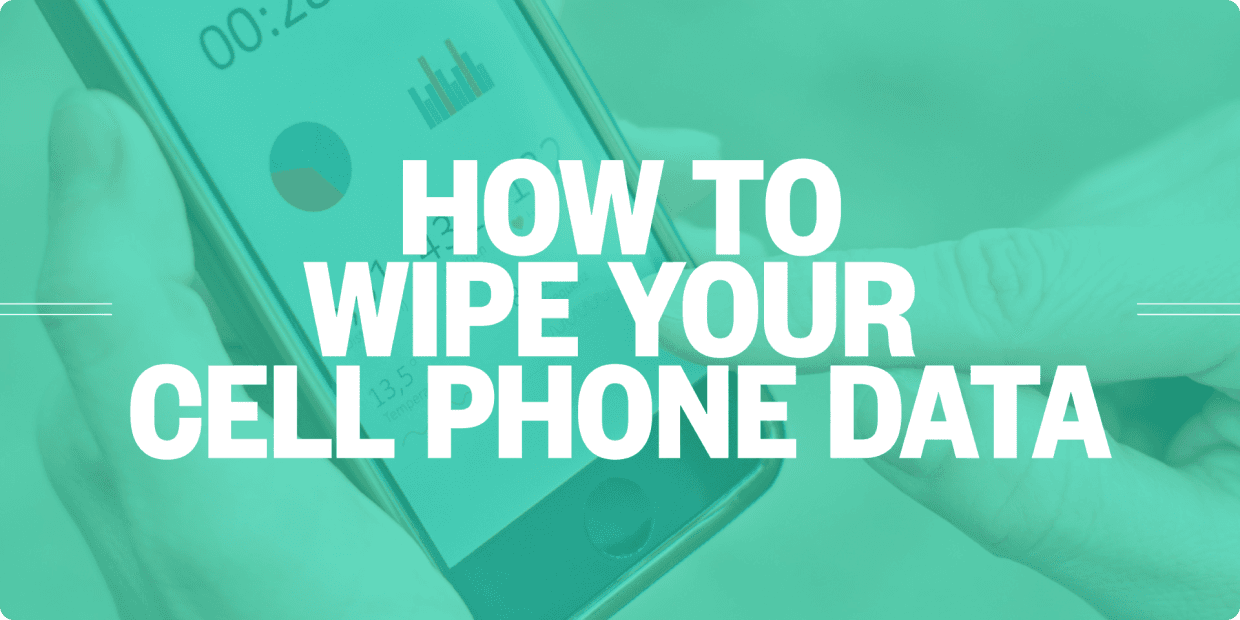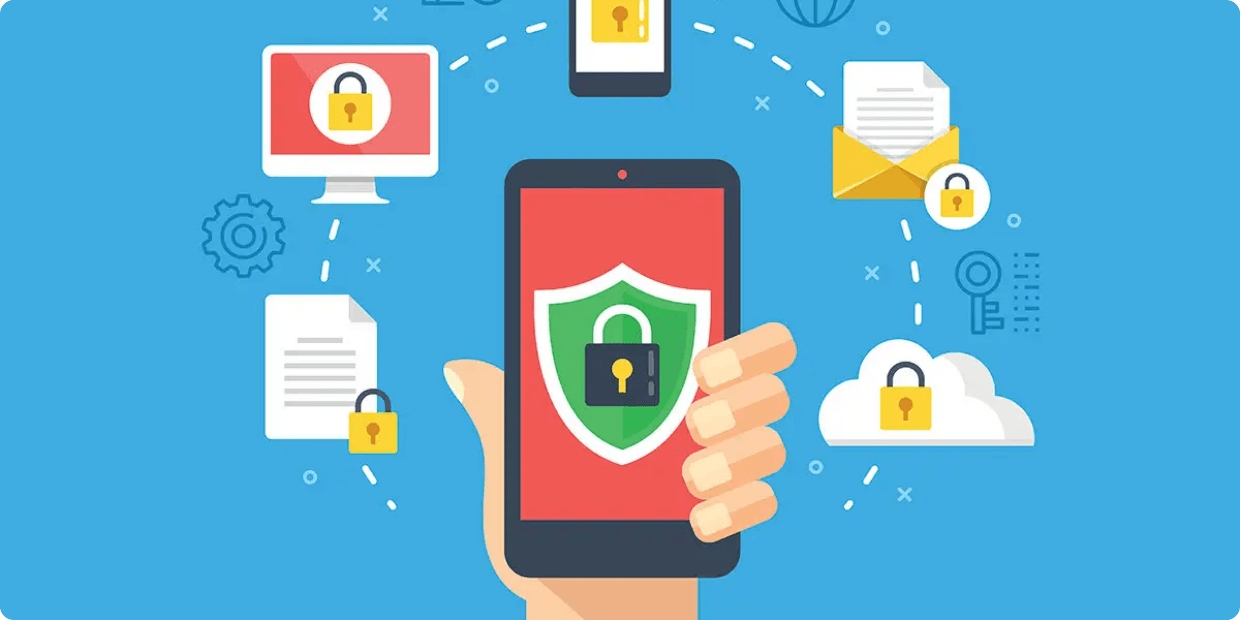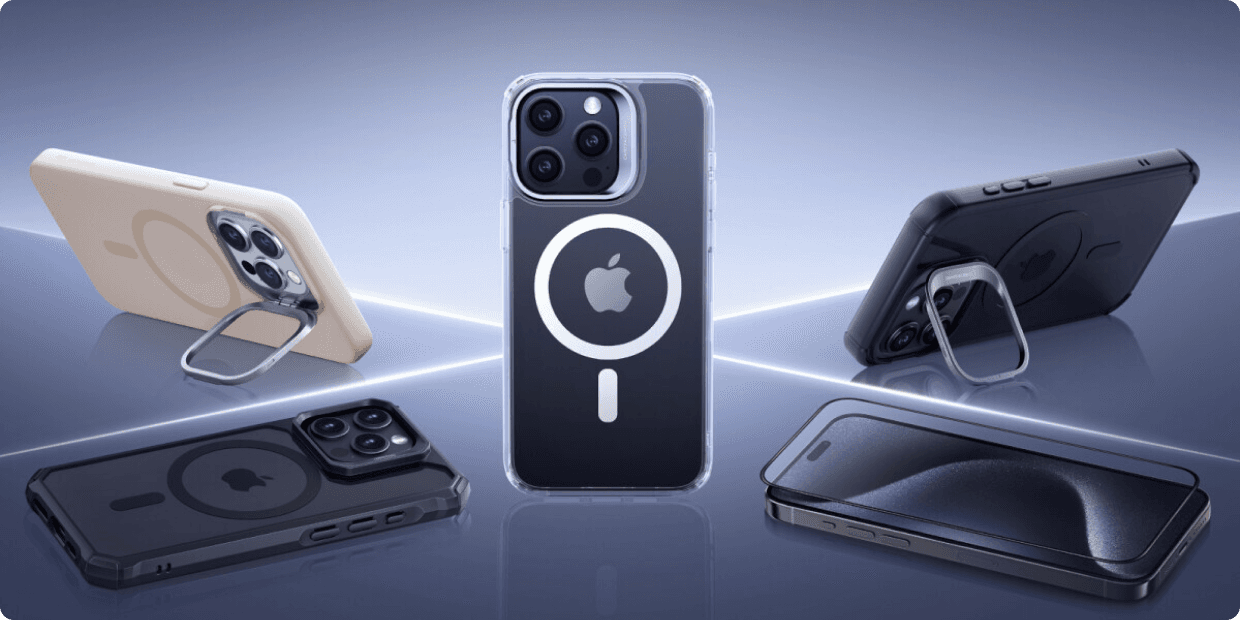Securing Your Mobile Device Against Malware and Viruses
Date: 17th Nov 2023

Mobile devices have become an integral part of our daily lives, serving as a hub for communication, work, entertainment, and more. However, their widespread use also makes them a prime target for cyberattacks. Malware and viruses pose a significant threat to the security and privacy of your mobile device. To protect your valuable data and personal information, it's essential to take proactive steps to secure your mobile device against these digital threats.
- Install Reliable Antivirus Software: Begin by installing reputable antivirus and anti-malware software on your mobile device. These security applications can detect and remove malicious software, offering an additional layer of defense against threats.
- Keep Your Operating System Updated: Regularly update your device's operating system and applications. Software updates often include security patches that address vulnerabilities that could be exploited by malware. Enable automatic updates to ensure you stay protected.
- Download Apps from Official App Stores: Only download apps from official app stores like the Apple App Store or Google Play Store. These platforms vet apps for security, reducing the risk of downloading malicious software. Avoid sideloading apps from unknown sources.
- Read App Permissions Carefully: Review the permissions that apps request during installation. If an app asks for permissions that seem unrelated to its core functionality, consider it a red flag and think twice before installing it.
- Use Strong, Unique Passwords: Set strong, unique passwords for your device and online accounts. Consider using a password manager to generate and store complex passwords securely. Avoid using easily guessable passwords like 123456 or password.
- Enable Device Locks and Biometric Authentication: Enable device locks, such as PINs, patterns, or biometric authentication (fingerprint or facial recognition). These measures can help protect your device in case it's lost or stolen.
- Be Cautious with Links and Email Attachments: Exercise caution when clicking on links in text messages, emails, or social media. Be especially wary of email attachments from unknown senders. These may contain malware or phishing attempts.
- Educate Yourself about Phishing: Learn to recognize phishing attempts. Phishers often use fake websites or emails that mimic trusted sources to trick users into revealing sensitive information. Be skeptical of unsolicited emails or messages asking for personal or financial details.
- Regularly Back Up Your Data: Frequently back up your mobile device's data to a secure cloud storage service or an external device. In case of a malware attack or device loss, you'll have a copy of your essential information.
- Monitor Your Device's Activity: Regularly check your device for unusual behavior, such as unexpected battery drain, unusual data usage, or unfamiliar apps running in the background. These could be signs of malware.
- Secure Your Wi-Fi Connection: When connecting to Wi-Fi networks, use trusted and secure networks whenever possible. Avoid connecting to public, unsecured Wi-Fi networks, as they can be vulnerable to attacks.
By following these proactive measures, you can significantly reduce the risk of malware and viruses compromising your mobile device's security. It's crucial to stay vigilant and stay informed about emerging threats in the ever-evolving landscape of cybersecurity. Your mobile device is a valuable tool, and safeguarding it should be a top priority to ensure your online safety and protect your personal data.

Recent Posts





Popular Posts

























